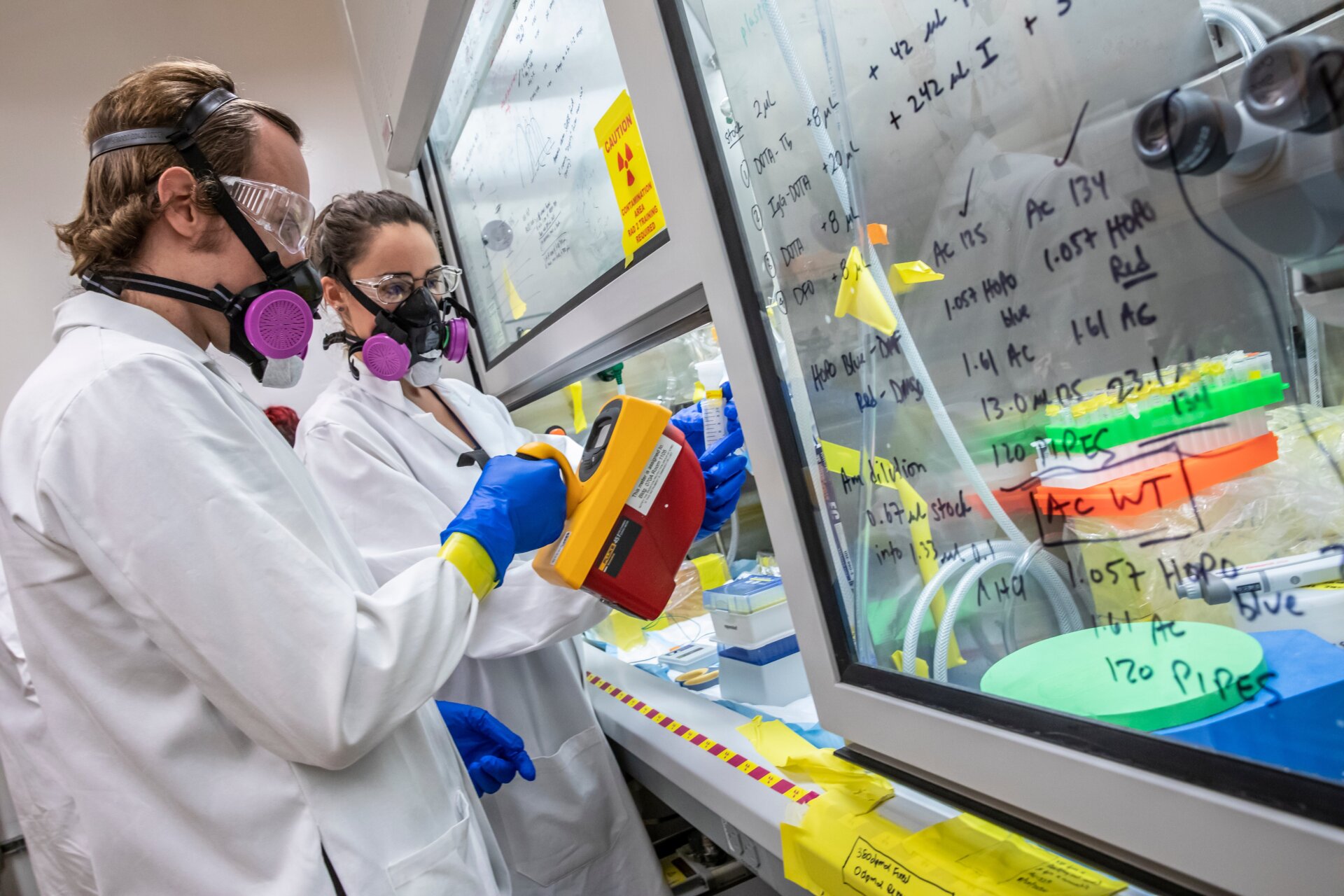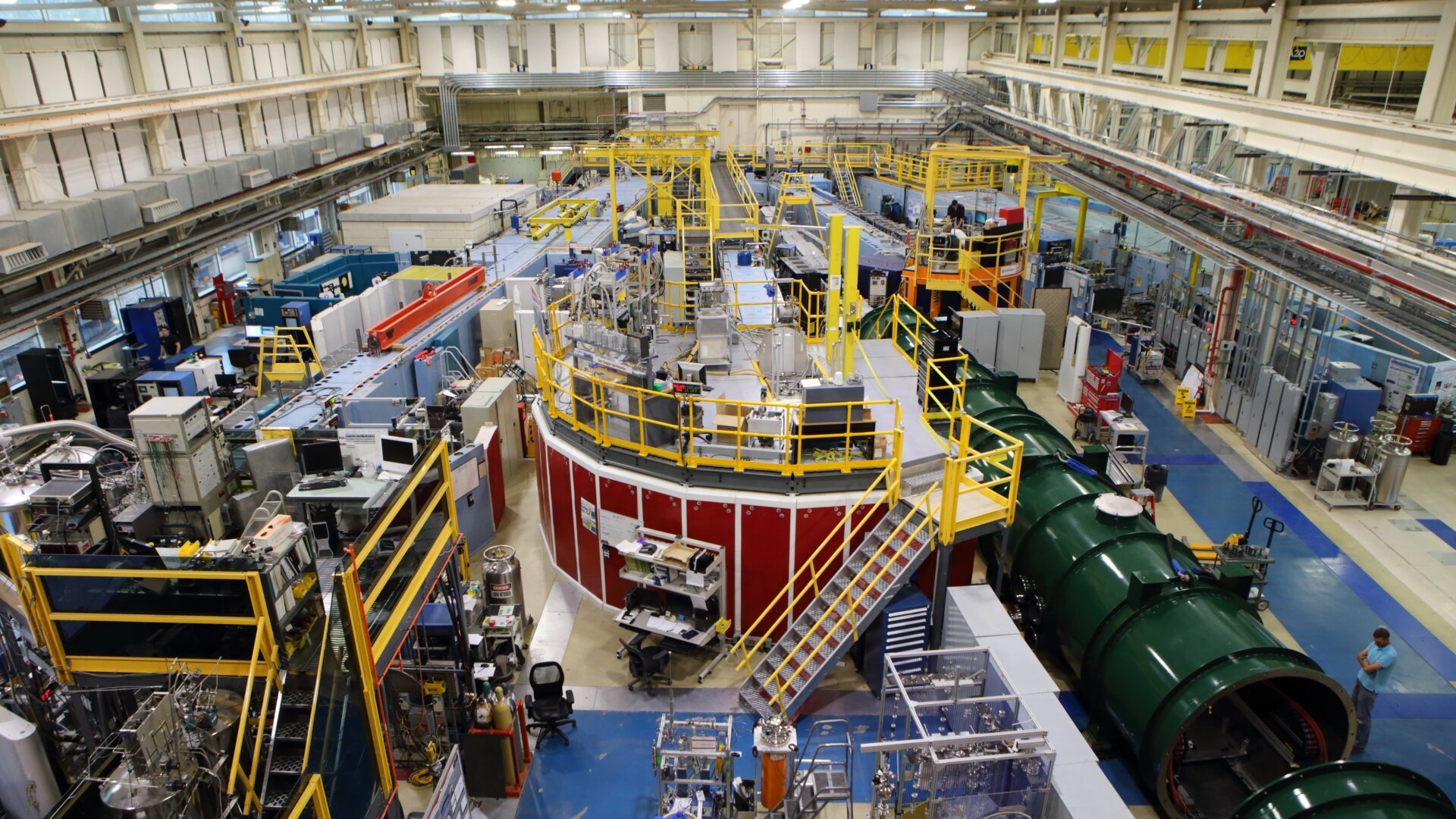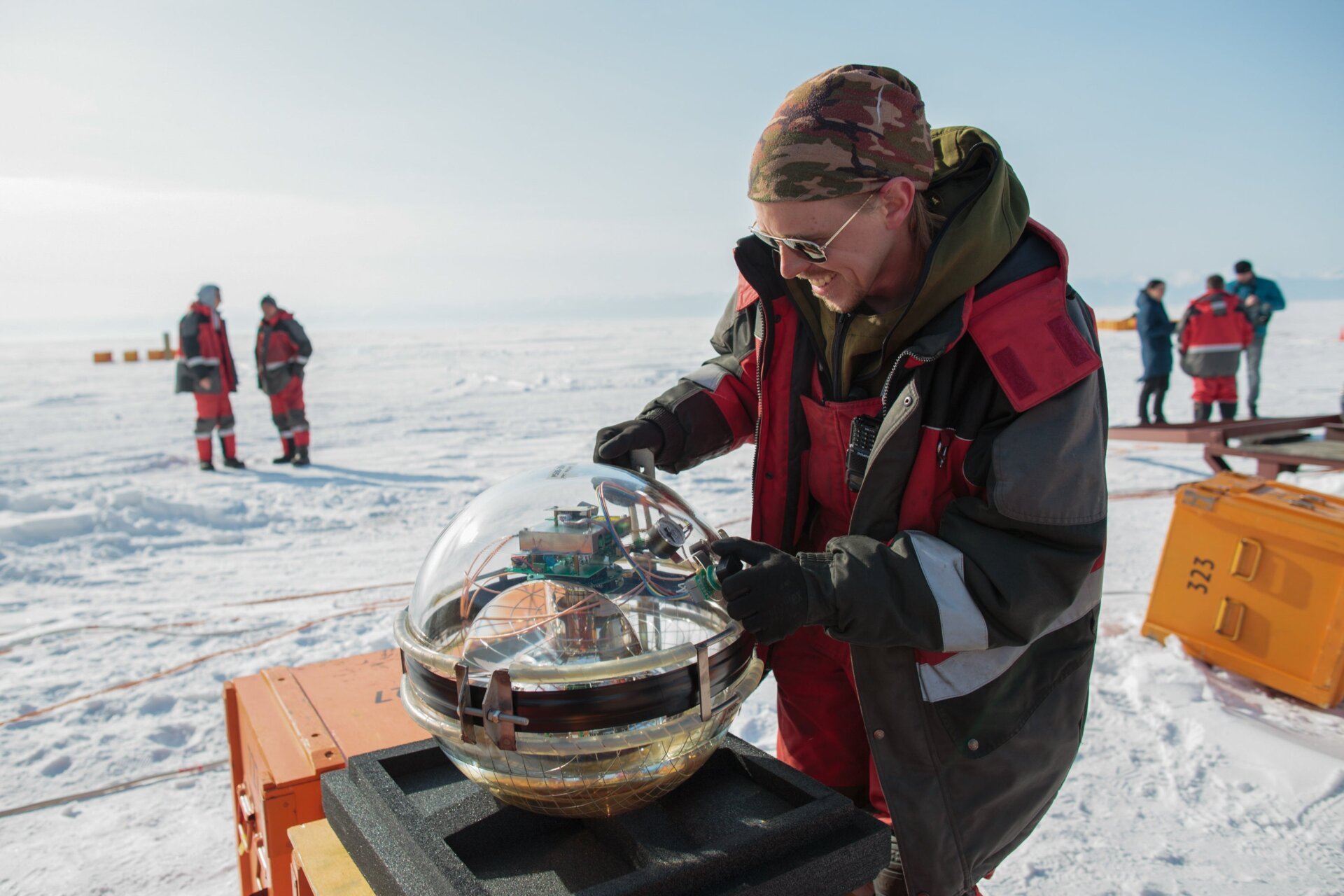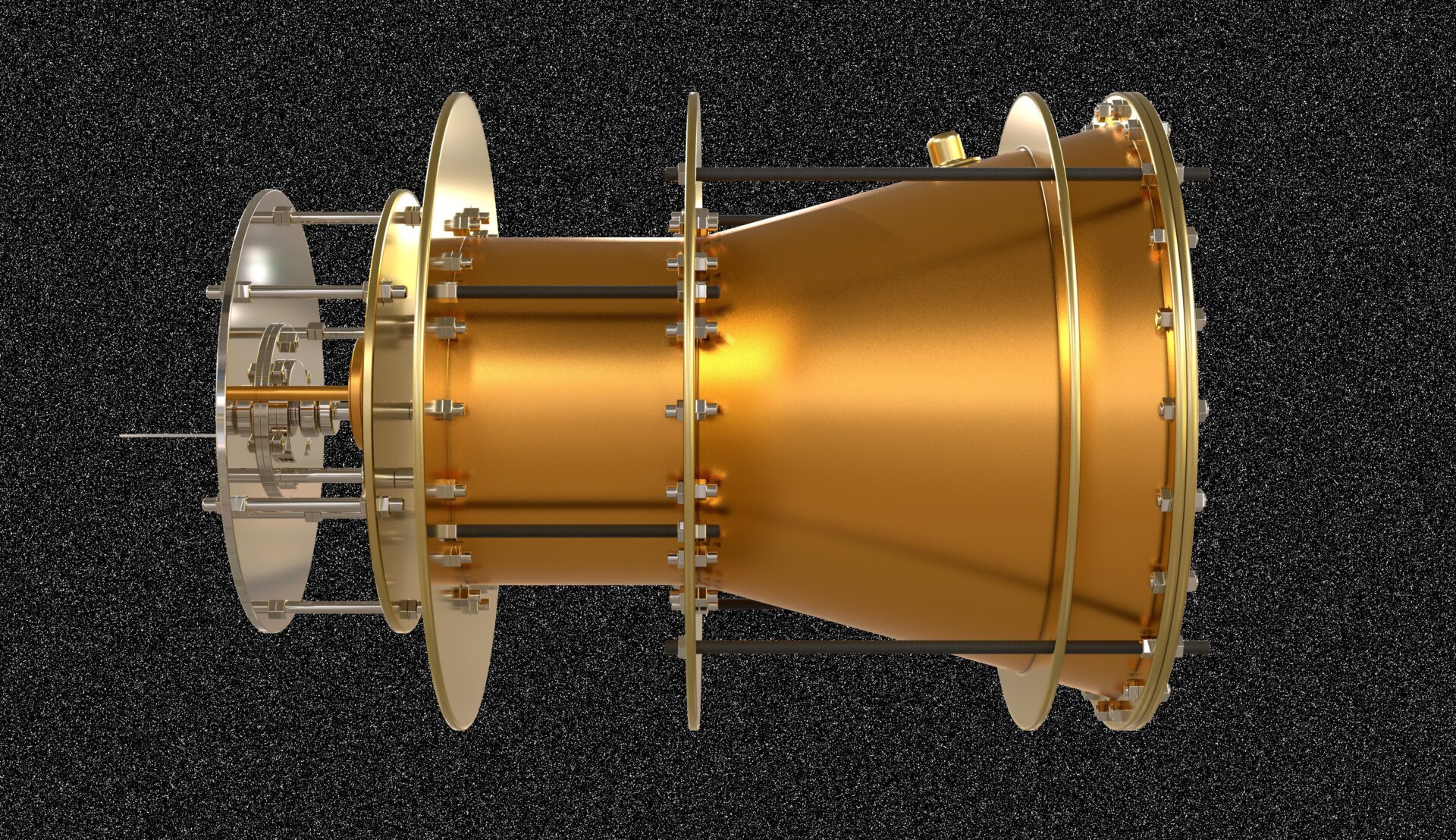Einsteinium, a heavy element first identified in the debris of a 1952 hydrogen bomb test, remains one of the most elusive members of the periodic table. Its scarcity, coupled with its inherent instability, has made studying its chemical properties a formidable challenge. However, a recent collaborative effort by scientists at Lawrence Berkeley National Laboratory, Los Alamos National Laboratory, and Georgetown University has shed new light on this enigmatic element. Their groundbreaking research, published in Nature, offers valuable insights into the fundamental behavior of einsteinium-254.
Einsteinium is not found naturally on Earth. Instead, it’s synthesized as a byproduct of californium-252 production at the High Flux Isotope Reactor (HFIR) in Oak Ridge National Laboratory. Unlike its mid-20th-century discovery, which involved the destructive force of thermonuclear explosions, einsteinium is now created in controlled laboratory environments. The HFIR, with its high neutron flux, is one of the few facilities capable of producing these heavy elements. As Katherine Shield, a chemist at Lawrence Berkeley National Laboratory and co-author of the study, explained, the reactor generates a complex mix of elements and isotopes. The challenge lies not only in synthesizing the element but also in purifying it to a degree that allows for detailed chemical analysis.
 The High Flux Isotope Reactor in Oak Ridge, Tennessee.The High Flux Isotope Reactor, crucial for producing einsteinium, is located in Oak Ridge, Tennessee. Image: Wikimedia Commons (Fair Use)
The High Flux Isotope Reactor in Oak Ridge, Tennessee.The High Flux Isotope Reactor, crucial for producing einsteinium, is located in Oak Ridge, Tennessee. Image: Wikimedia Commons (Fair Use)
Einsteinium and californium belong to the actinide series, a group of elements at the bottom of the periodic table known for their radioactivity. Working with these elements requires strict safety protocols. Beyond safety, the key hurdles for researchers are obtaining a sufficient quantity of pure material. Einsteinium extracted from californium production often contains traces of the latter, complicating analysis.
The research team worked with a minuscule 200 nanograms of einsteinium-254, an amount significantly smaller than a grain of salt. This was a remarkable feat, considering that a microgram (1,000 nanograms) was previously considered the minimum viable sample size. Korey Carter, lead author of the study and a chemist at the University of Iowa, described the challenges, noting the initial concern about the sample’s survival. Despite these concerns, the experiment proved successful.
Using X-ray absorption spectroscopy, the team determined the bond distance of einsteinium-254. This involved bombarding the sample with X-rays within a specially designed holder that could withstand the intense radiation over several days. The researchers observed a blueshift in the emitted light, indicating a shortening of the wavelengths. This unexpected result, contrary to the predicted redshift, suggests that einsteinium’s electrons may interact differently compared to neighboring elements. Unfortunately, a californium contamination prevented the team from obtaining conclusive X-ray diffraction data.
 Chemists inspect a lab sample of einsteinium-254.Scientists carefully analyze a sample of einsteinium-254. Photo: Marilyn Sargent/Berkeley Lab
Chemists inspect a lab sample of einsteinium-254.Scientists carefully analyze a sample of einsteinium-254. Photo: Marilyn Sargent/Berkeley Lab
Previous studies often extrapolated properties of lighter elements to predict the behavior of heavier actinides. However, this new research suggests that such extrapolations may not be accurate. Carter emphasizes the unique characteristics of actinide chemistry, highlighting the limitations of applying established rules for lighter elements to these heavier counterparts.
Early research on einsteinium focused primarily on its radioactivity. This recent study provides crucial data on einsteinium’s bond distances, revealing shorter-than-expected lengths. While the pandemic disrupted planned follow-up experiments and much of the sample decayed, this research marks a significant first step towards a deeper understanding of einsteinium. This initial breakthrough paves the way for future investigations into the complex properties of this rare and fascinating element.











